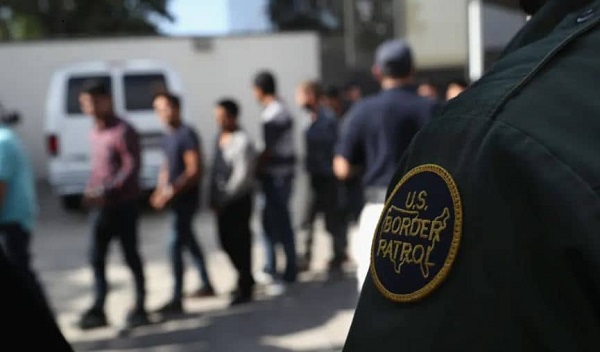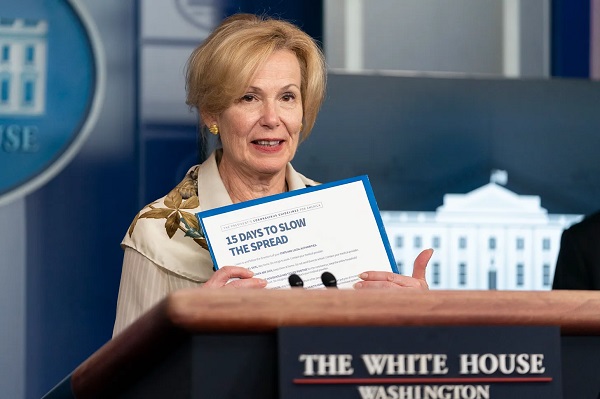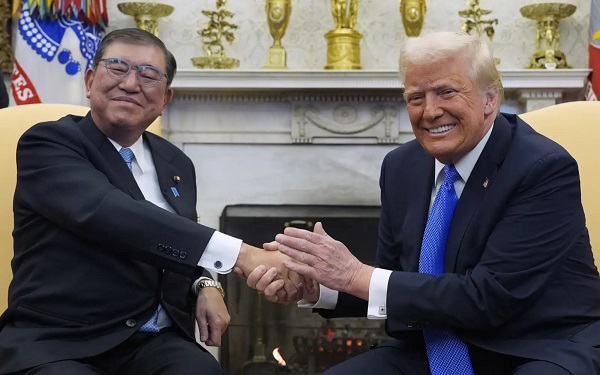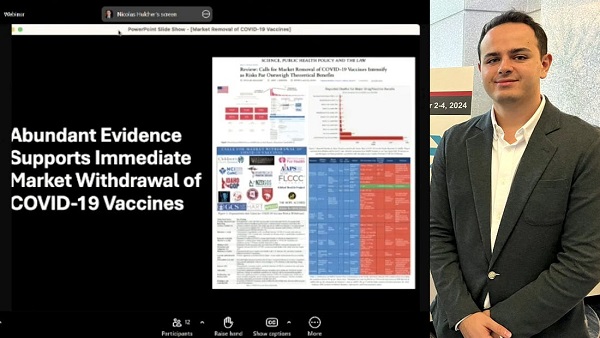Frontier Centre for Public Policy
How the new National Chief can restore the legitimacy of the AFN

Newly elected national chief of the Assembly of First Nations (AFN), Cindy Woodhouse
From the Frontier Centre for Public Policy
At times, we lose sight of the fact that not discovering bodies would be a profoundly positive outcome for First Nations and for Canada. This could help reconciliation efforts and bring peace to First Nation communities, particularly for Indigenous individuals of Christian faith.
Cindy Woodhouse, the newly elected national chief of the Assembly of First Nations (AFN), has a lot of work to do as she sets out to unify the fractured organization and rebuild its legitimacy in the eyes of First Nations across Canada.
To begin, the new national chief should forge her own independent path. Instead of immediately prioritizing internal reforms, she could facilitate reconciliation within First Nation communities by showing leadership in addressing ongoing, challenging conversations that remain unresolved in First Nation communities right now.
Although engaging in these discussions will subject her to criticism, leading from the top on difficult topics will often do that.
The first topic of conversation is the matter of unmarked graves near residential schools.
In 2021, the Tk’emlups te Secwepemc Indigenous community in British Columbia made headlines by announcing the discovery of 215 unmarked graves, believed to belong to children, through ground-penetrating radar. The allegation sent shockwaves across Canada and around the world. Mainstream media extensively covered these allegations, creating impressions of mass murder of children and human rights atrocities.
In reaction to these allegations, churches, especially Roman Catholic ones, became targets of vandalism and arson. Some individuals on reserves expressed their anger by targeting churches within their communities. Records indicate that there were over 60 incidents involving churches in 2021 alone.
Regrettably, churches affiliated with First Nation communities are still reporting attacks on their properties. At last count, some alternative media outlets are reporting a total of 100 incidents of arson and vandalism on churches. Just recently, video footage revealed an attempted arson on a Roman Catholic church in Regina, which only conservative outlets seemed to cover.
The CBC – three years late to the issue – ran an investigative story on the incidents that only seemed to serve as a platform for anti-Christian bigotry and to provide justification for the indefensible actions.
At the time, National Chief Perry Bellegarde – to his credit – condemned these acts and called for an end to them. Other prominent Indigenous voices also spoke up.
However, it’s crucial to admit that these claims of unmarked graves remain unverified and lack concrete evidence. Without excavation or exhumed bodies, it’s impossible to conclusively determine whether these are indeed human remains.
Indigenous communities in Canada must openly express this sentiment, and the national chief of the AFN is a prominent voice to convey this message.
No one denies that children died at these institutions. Tuberculosis took the lives of thousands of indigenous children who attended residential schools, day schools, or no school at all. It was a major killer of Indigenous people at the time.
However, this issue is an open and festering wound, particularly for many Indigenous communities. It is also a stain on Canadians and our collective history. Even today, Christian places of worship within Indigenous communities are subjected to reprehensible attacks.
Woodhouse must lead the AFN in addressing this difficult discussion by stating the truth. There is no evidence to substantiate the allegations of widespread child murder, and it’s time for Indigenous communities to acknowledge this and focus on healing their communities.
Conservative Leader Pierre Poilievre has stated that Parliament should launch a comprehensive investigation into the allegations of unmarked graves at the Kamloops Indian Residential School. Woodhouse should support his initiative and ensure the co-operation of all political parties. This would provide closure to many Indigenous families.
At times, we lose sight of the fact that not discovering bodies would be a profoundly positive outcome for First Nations and for Canada. This could help reconciliation efforts and bring peace to First Nation communities, particularly for Indigenous individuals of Christian faith.
No First Nation leader should want this festering wound to remain exposed.
Thankfully, the next conversation Woodhouse must address is not as difficult as the first.
As the debate rages over the carbon tax across Canada, it’s often overlooked that these taxes deeply impact First Nations. The federal government’s centralized energy policies are harming Indigenous communities. Imposing ‘clean energy’ mandates on many First Nations people who rely heavily on diesel and lack alternative options is simply not feasible for many communities. Woodhouse has said she will support a review of the impacts of the carbon tax on First Nations, but she must do more and vehemently oppose the government’s whole green agenda.
She must lead the AFN in rejecting all unnecessary and arbitrary Net Zero and clean energy targets. The government’s ‘Just Transition’ strategy – leaving resources untapped – is a direct threat to energy-producing First Nations. First Nations should have the opportunity to thrive in the energy sector just like any other community.
Both these conversations will be divisive and polarizing, but the AFN must lead them because the lack of resolution is harming Indigenous communities.
Joseph Quesnel, is a Senior Research Fellow with the Frontier Centre for Public Policy.
COVID-19
Report Shows Politics Trumped Science on U.S. Vaccine Mandates

From the Frontier Centre for Public Policy
By Lee Harding
If you thought responsible science drove the bus on the pandemic response, think again. A December 2024 report by the U.S. House of Representatives Select Subcommittee, Coronavirus Pandemic shows that political agendas made regulatory bodies rush vaccine approvals, mandates, and boosters, causing public distrust.
“After Action Review of the COVID-19 Pandemic: The Lessons Learned and a Path Forward” praised the Trump administration’s efforts to speed up vaccine development. By contrast, the report said presidential candidate Joe Biden and vice-presidential candidate Kamala Harris undermined public confidence.
“[W]hy do we think the public is gonna line up to be willing to take the injection?” Joe Biden asked on September 5, 2020. This quote appeared in a Politico article titled “Harris says she wouldn’t trust Trump on any vaccine released before [the] election.”
The House report noted, “These irresponsible statements eventually proved to be outright hypocrisy less than a year later when the Biden-Harris Administration began to boldly decry all individuals who decided to forgo COVID-19 vaccinations for personal, religious, or medical reasons.”
Millions of doses of COVID-19 vaccines were administered beginning in December 2020 under an Emergency Use Authorization. This mechanism allows unapproved medical products to be used in emergency situations under certain criteria, including that there are no alternatives. The only previous EUA was for the 2004 anthrax vaccine, which was only administered to a narrow group of people.
By the time vaccines rolled out, SARS-CoV-2 had already infected 91 million Americans. The original SARS virus some 15 years prior showed that people who recovered had lasting immunity. Later, a January 2021 study of 200 participants by the La Jolla Institute of Immunology found 95 per cent of people who had contracted SARS-CoV-2 (the virus behind COVID-19) had lasting immune responses. A February 16, 2023 article by Caroline Stein in The Lancet (updated March 11, 2023) showed that contracting COVID-19 provided an immune response that was as good or better than two COVID-19 shots.
Correspondence suggests that part of the motivation for full (and not just emergency) vaccine approval was to facilitate vaccine mandates. A July 21, 2021, email from Dr. Marion Gruber, then director of vaccine reviews for the Food and Drug Administration (FDA), recalled that Dr. Janet Woodcock had stated that “absent a license, states cannot require mandatory vaccination.” Woodcock was the FDA’s Principal Deputy Commissioner at the time.
Sure enough, the FDA granted full vaccine approval on August 23, 2021, more than four months sooner than a normal priority process would take. Yet, five days prior, Biden made an announcement that put pressure on regulators.
On August 18, 2021, Biden announced that all Americans would have booster shots available starting the week of September 20, pending final evaluation from the FDA and the U.S. Centers for Disease Control and Prevention (CDC).
Some decision-makers objected. Dr. Marion Gruber and fellow FDA deputy director of vaccine research Dr. Philip Krause had concerns regarding the hasty timelines for approving Pfizer’s primary shots and boosters. On August 31, 2021, they announced their retirements.
According to a contemporary New York Times article, Krause and Gruber were upset about Biden’s booster announcement. The article said that “neither believed there was enough data to justify offering booster shots yet,” and that they “viewed the announcement, amplified by President Biden, as pressure on the F.D.A. to quickly authorize them.”
In The Lancet on September 13, 2021, Gruber, Krause, and 16 other scientists warned that mass boosting risked triggering myocarditis (heart inflammation) for little benefit.
“[W]idespread boosting should be undertaken only if there is clear evidence that it is appropriate,” the authors wrote. “Current evidence does not, therefore, appear to show a need for boosting in the general population, in which efficacy against severe disease remains high.”
Regardless, approval for the boosters arrived on schedule on September 24, 2021. CDC Director Dr. Rochelle Walensky granted this approval, but for a wider population than recommended by her advisory panel. This was only the second time in CDC history that a director had defied panel advice.
“[T]his process may have been tainted with political pressure,” the House report found.
Amidst all this, the vaccines were fully licensed. The FDA licensed the Comirnaty (Pfizer-BioNTech) vaccine on August 23, 2021. The very next day, Defense Secretary Lloyd Austin issued a memo announcing a vaccine mandate for the military. Four other federal mandates followed.
“[T]he public’s perception [is] that these vaccines were approved in a hurry to satisfy a political agenda,” the House report found.
The House report condemned the dubious process and basis for these mandates. It said the mandates “ignored natural immunity, … risk of adverse events from the vaccine, as well as the fact that the vaccines don’t prevent the spread of COVID-19.”
The mandates robbed people of their livelihoods, “hollowed out our healthcare and education workforces, reduced our military readiness and recruitment, caused vaccine hesitancy, reduced trust in public health, trampled individual freedoms, deepened political divisions, and interfered in the patient-physician relationship,” the report continued.
The same could be said of Canadian vaccine mandates, as shown by the National Citizen’s Inquiry hearings on COVID-19. Unfortunately, an official federal investigation and a resulting acknowledgement do not seem forthcoming. Politicized mandates led to profits for vaccine manufacturers but left “science” with a sullied reputation.
Lee Harding is a Research Fellow for the Frontier Centre for Public Policy.
Energy
Why Canada Must Double Down on Energy Production

From the Frontier Centre for Public Policy
By Lee Harding
Must we cancel fossil fuels to save the earth? No.
James Warren, adjunct professor of environmental sociology at the University of Regina said so in a recent paper for the Johnson Shoyama School of Public Policy, a joint effort by his university and the University of Saskatchewan. The title says it all: “Maximizing Canadian oil production and exports over the medium-term could help reduce CO2 emissions for the long-term.”
The professor admits on the face of it, his argument sounds like a “drink your way to sobriety solution.” However, he does make the defensible and factual case, pointing to Canadian oil reserves and a Scandinavian example.
Decades ago, Norway imitated the 1970’s Heritage Fund in Alberta that set aside a designated portion of the government’s petroleum revenues for an investment fund. Unlike Alberta, Norway stuck to that approach. Today, those investments are being used to develop clean energy and offer incentives to buy electric vehicles.
Norway’s two largest oil companies, Aker BP and Equinor ASA have committed $19 billion USD to develop fields in the North and Norwegian Seas. They argue that without this production, Norway would never be able to afford a green transition.
The same could be said for Canada. Warren laid out stats since 2010 that showed Canada’s oil exports contribute an average of 4.7% of the national GDP. Yet, this noteworthy amount is not nearly what it could be.
Had Trans Mountain, Northern Gateway, and Energy East pipelines been up and running at full capacity from 2015 to 2022, Warren estimates Canada would have seen $292 billion Canadian in additional export revenues. Onerous regulations, not diminished demand, are responsible for Canada’s squandered opportunities, Warren argues this must change.
So much more could be said. Southeast Asia still relies heavily on coal-fired power for its emerging industrialization, a source with twice the carbon emission intensity as natural gas. If lower global emissions are the goal, Canadian oil and natural gas exports offer less carbon-intensive options.
China’s greenhouse gas emissions (GHGs) are more than four times what they were in 1990, during which the U.S. has seen its emissions drop. By now, China is responsible for 30% of global emissions, and the U.S. just 11%. Nevertheless, China built 95% of the world’s new coal-fired power plants in 2023. It aims for carbon neutrality by 2060, not 2050, like the rest of the world.
As of 2023, Canada contributes 1.4 percent of global GHGs, the tenth most in the world and the 15th highest per capita. Given its development and resource-based economy, this should be viewed as an impressively low amount, all spread out over a geographically diverse area and cold climate.
This stat also reveals a glaring reality: if Canada was destroyed, and every animal and human died, all industry and vehicles stopped, and every furnace and fire ceased to burn, 98.6% of global greenhouse gas emissions would remain. So for whom, or to what end, should Canada kneecap its energy production and the industry it fuels?
The only ones served by a world of minimal production is a global aristocracy whose hegemony would no longer be threatened by the accumulated wealth and influence of a growing middle class. That aristocracy is the real beneficiary of prevailing climate change narratives on what is happening in our weather, why it is happening, and how best to handle it.
Remember, another warming period occurred 1000 years ago. The Medieval Warming Period took place between 750 and 1350 AD and was warmest from 950 to 1045, affecting Europe, North America, and the North Atlantic. By some estimates, average summer temperatures in England and Central Europe were 0.7-1.4 degrees higher than now.
Was that warming due to SUVs or other man-made activity? No. Did that world collapse in a series of floods, fires, earthquakes, and hurricanes? No, not in Europe at least. Crop yields grew, new cities emerged, alpine tree lines rose, and the European population more than doubled.
If the world warms again, Canada could be a big winner. In May of 2018, Nature.com published a study by Chinese and Canadian academics entitled, Northward shift of the agricultural climate zone under 21st-Century global climate change. If the band of land useful for crops shifts north, Canada would get an additional 3.1 million square kilometers of farmland by 2099.
Other computer models suggest warming temperatures would cause damaging weather. Their accuracy is debatable, but even if we concede their claims, it does not follow that energy production should drop. We would need more resilient housing to handle the storms and we cannot afford them without a robust economy powered by robust energy production. Solar, wind, and geothermal only go so far.
Whether temperatures are warming or not, Canada should continue tapping into the resources she is blessed with. Wealth is a helpful shelter in the storms of life and is no different for the storms of the planet. Canada is sitting on abundant energy and should not let dubious arguments hold back their development.
Lee Harding is Research Fellow for the Frontier Centre for Public Policy.
-
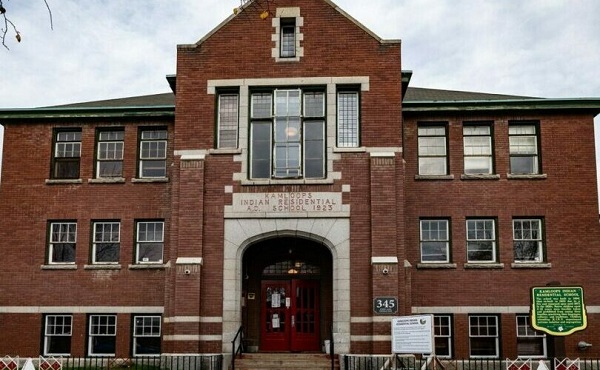
 Indigenous21 hours ago
Indigenous21 hours agoTrudeau gov’t to halt funds for ‘unmarked graves’ search after millions spent, no bodies found
-

 Censorship Industrial Complex2 days ago
Censorship Industrial Complex2 days agoBipartisan US Coalition Finally Tells Europe, and the FBI, to Shove It
-

 Business1 day ago
Business1 day agoFederal Heritage Minister recommends nearly doubling CBC funding and reducing accountability
-

 Business1 day ago
Business1 day agoArgentina’s Javier Milei gives Elon Musk chainsaw
-
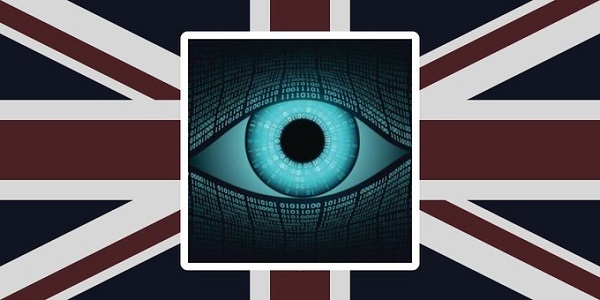
 Business20 hours ago
Business20 hours agoApple removes security feature in UK after gov’t demands access to user data worldwide
-
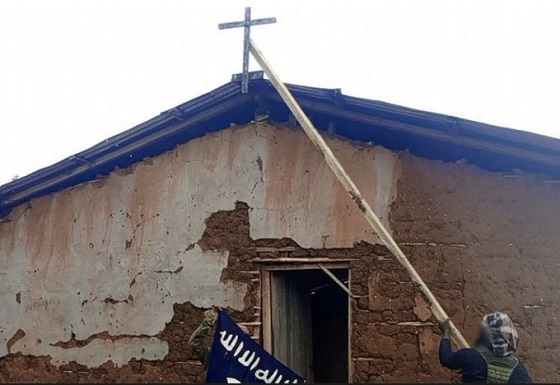
 International1 day ago
International1 day agoJihadis behead 70 Christians in DR Congo church
-

 Business2 days ago
Business2 days agoNew climate plan simply hides the costs to Canadians
-

 International1 day ago
International1 day agoMexico to reform constitution after Trump designates cartels as terrorist organizations

